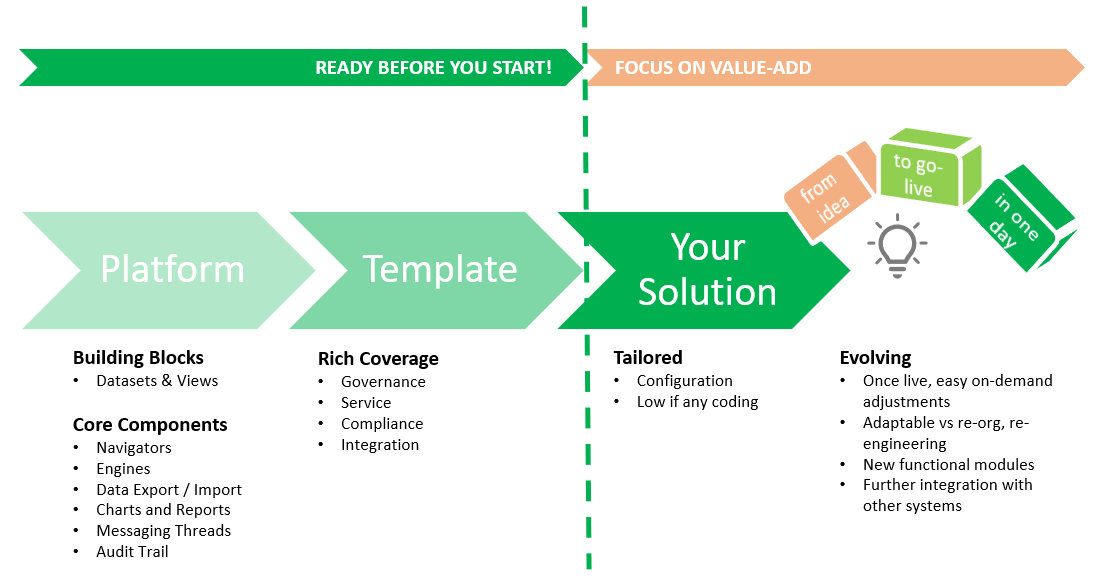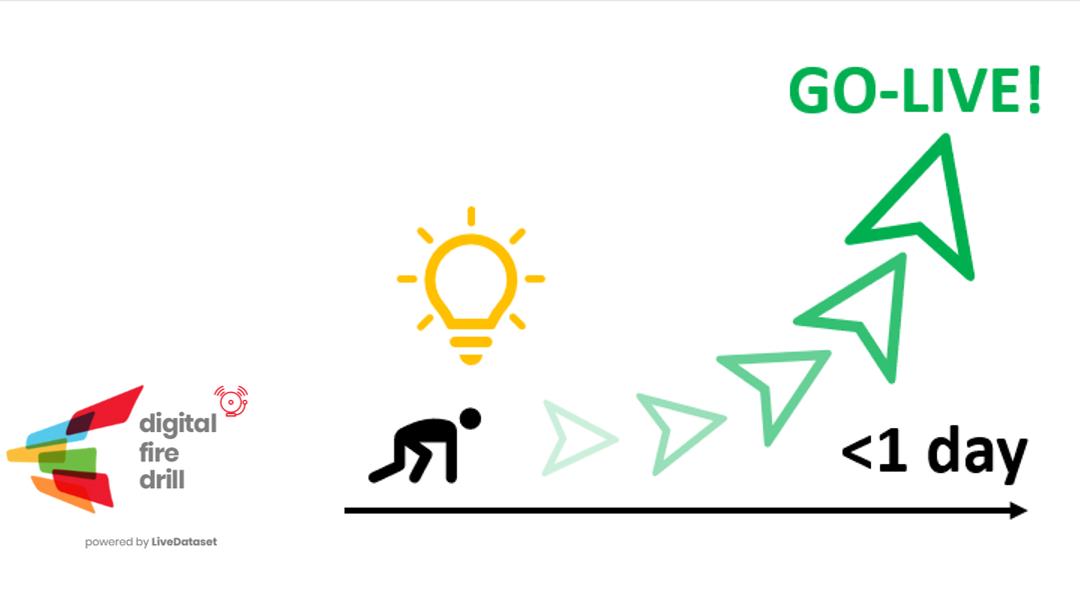“When do you need it by?” – Yesterday. “Why did it all go wrong?” – We went too fast.
Speed is great if risk does not increase as a result. Understanding and managing risk is a pre-requisite for good engineering, and good engineering will produce ever-improving results.
The concept of being able to incorporate new ideas onto a live system in less than a day is no exception. Today’s technology allows for ultra-fast, almost continuous deployment. The question is whether you have the controls in place for this to happen without exposure to unwarranted risk.
In a well-engineered system, speed can actually reduce risk. Think about babies learning to walk: once they understand how to balance, their faster, more assured steps will make them safer …until they try running! There is always an optimum for each stage.
The pursuit of speed is an incremental, slow but worthwhile process. It is predicated on a stack of reliable components – regularly reviewed and improved – which you can “plug-and-play” without having to re-invent the wheel every time, such as: checklists, rehearsed procedures, automated testing, backup and escalation plans, re-usable libraries, culture, attitude, teamwork.
But “…in a day?” – having the right platform helps…
The LiveDataset perspective
LiveDataset makes a difference in functional areas such as Governance, Compliance, Service Management, Integration, where many processes require people from many locations to work together by contributing, reviewing, approving, sharing data.
We see true value in delivering solutions that can evolve as fast as the organisation requires.
This is why “risk-aware speed”, for us, extends well beyond the procedural aspects of our service offering, informing the core architecture of the platform:
everything you want to do with data that can be made generic… we’ll make generic.
It’s through the power of generic components that specific solutions can be delivered and evolved fast.
In LiveDataset, everything starts with datasets which are designed to marry the ease-of-use of a spreadsheet with the controls of a database.
Once a dataset is created, the interfaces to view, edit, add, import, export, chart and summarise the information within it are a matter of configuration… as are the sophisticated user access features, data segregation by role and powerful navigation. A full audit trail ensures all changes are tracked by default.
On top of these building blocks, LiveDataset architects have devised a growing set of functional templates to enable solution-delivery faster than you ever thought possible and, where non-generic components are required to deliver specific business logic, the gap is bridged with minimal coding.

LiveDataset’s speed is predicated on the assembly of pre-engineered components. When the foundation is strong, from idea to go-live in one day is indeed possible.
–
This piece is part of our Digital Fire Drills series.

